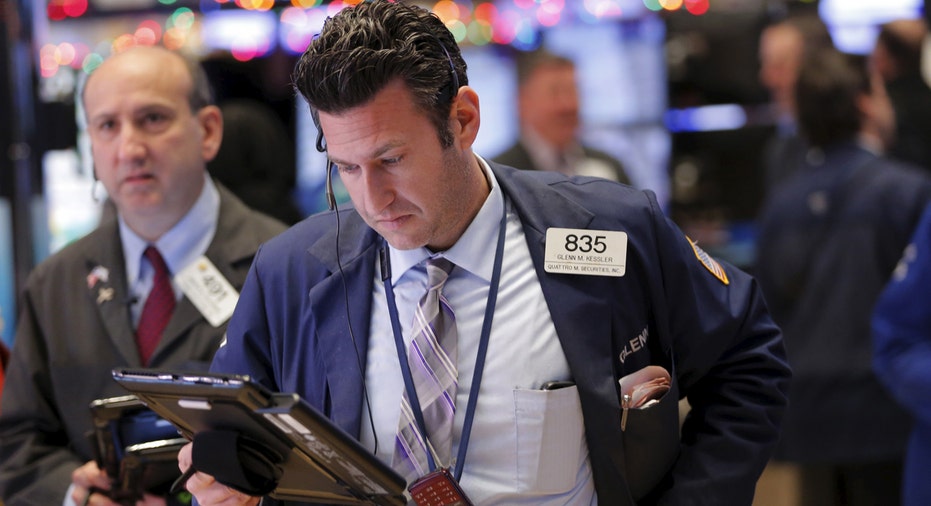Dow Halts Record Run, February Was Still Mighty for Markets

Though short, February was a mighty month for the markets.
Despite ending Tuesday’s session slightly lower, the major averages notched substantial monthly gains and continued to sit just below all-time highs. The Dow Jones Industrial Average ended the month 4.7% higher, while the broader S&P 500 added 3.7% and the Nasdaq Composite advanced 3.7%.
Investors have been hesitant in recent weeks to send equity indexes sharply higher as they await more policy clarity from President Donald Trump. They may finally get that on Tuesday evening, when the president delivers his first address to Congress.
In the meantime, the wavering Tuesday on Wall Street snapped the Dow’s historic run at 13-straight record closing highs. The blue-chip index on Monday marked 12-consecutive sessions of all-time highs, matching the longest record streak since January of 1987 – which came 10 months before the Black Monday stock-market collapse in October.
Still, the Dow saw its best four-month percentage gain since 2012 with help from top performers Apple (NASDAQ:AAPL), Cisco (NYSE:CSCO), Boeing (NYSE:BA), Nike (NYSE:NKE), and Goldman Sachs (NYSE:GS), which represent the rally in cyclical sectors including financials, industrials and consumer discretionary – all of which have benefitted from expectations of policy follow-through on Trump’s campaign-trail promises.
To continue moving higher, Wall Street will need more clarity on timing and detail for tax-policy overhaul, infrastructure spending, and efforts to lessen burdensome regulations, said David Joy, chief economist at Ameriprise Financial.
“[Lack of detail] may have sapped some of the enthusiasm for the more economically-sensitive sectors…and stocks may simply be pausing to digest the sheer extent of the move already enjoyed. The economic data has been generally solid of late, but not so robust as to overcome possible market fatigue,” he said.
Indeed, investors parsed a deluge of economic data on Tuesday which showed the economy has continued to build on its strength. A second reading on fourth-quarter GDP was unrevised at a 1.9% annualized growth pace, while a closely-eyed gauge of consumer confidence from the Conference Board jumped to its highest level since July 2001 amid broad-based optimism over the future of the economy after the November election. Elsewhere, the Case-Shiller home price index rose more than forecast in December, and Chicago-area manufacturing data unexpectedly climbed higher last month.
As the markets have continued to post incremental gains – and the Dow tangled with its 1987-era record high streak – some investors worried whether stocks had gotten ahead of themselves before real policy proposals could be put forward by the Trump administration. Ryan Detrick, senior market strategist at LPL Financial, though, said while the markets might feel extended, over the last 10 years, the Dow has risen 5.4% on an annualized basis, while the average annual return going back to 1900 has been 5.1%.
“This puts into perspective how on a longer-term basis, the Dow could still have room to run should the economy continue to improve,” he said.
March packs a heavy punch for Wall Street both at home and abroad. The Federal Reserve’s policy-setting Federal Open Market Committee convenes for its two-day meeting March 14-15. Wall Street isn’t expecting a rate rise at that time, though improving data points likely bolster the central bank’s case to hike this summer.
Elsewhere, investors will keep a keen eye on events that could warm up volatility in the marketplace – those include the February employment report, more policy speak from the White House, the U.K.’s formal trigger of Article 50 (that would start the two year timer on its Brexit proceedings), an European Central Bank meeting, and elections in the Netherlands.



















